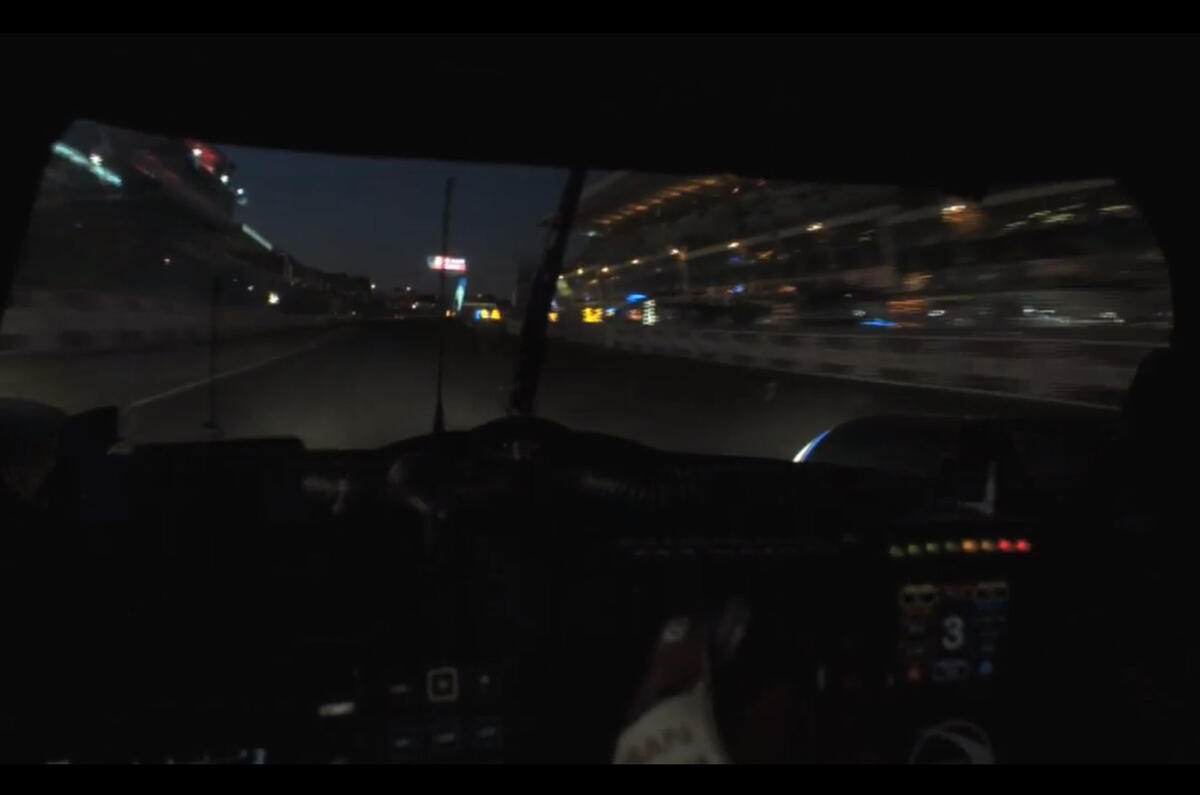Regretfully there was no visit to La Sarthe for me this year, but I've been avidly following the Le Mans 24 Hours via television, laptop and tablet since the race got underway.
Le Mans really lends itself to the multi-media immersion, so I've got the Eurosport feed on the telly, a lap timing feed on the iPad and Nissan's NISMO.TV on the MacBook.
Autocar.co.uk is carrying NISMO.TV's stream this year, offering all manner of high-speed action across four camera views, although the opportunity to watch from onboard the ZEOD RC hybrid sadly disappeared when the car retired in the early stages of the race.
The other onboard camera is fixed in the cockpit of the G-Drive by OAK Racing LMP2 prototype, which is being driven by Jann Mardenborough, Alex Brundle and Mark Shulzhitskiy.
It's easy to overlook the LMP2 category, with the quicker LMP1 prototypes hogging the headlines and the GT classes populated by readily identifiable super cars of the sort that fans can see on the road.
Nevertheless, LMP2 traditionally throws up some stern competition, and the Oak Racing Ligier-Nissan has been right in the thick of it this time. As I write this the car is seventh overall and leading the LMP2 fight.
Several things have struck me, most notably how alone the Oak car is on the track. Sure, Le Mans is an eight-mile-long circuit, but there haven't been too many retirements from this year's event so far and there are still 40-odd cars running.
Yet for much of the time I've been watching, Mardenborough has been charging around unhindered – which the team is probably pleased about – as the light ebbs away and the dark trees seem to close in around the circuit.
The second thing I noted was how dauntingly big the GT cars look when the low-slung LMP2 comes up to lap them. And how careful the LMP2 competitors have to be to negotiate the GTs but not get in the way of the blindingly fast LMP1 hybrids.
Other things that stand out: the aggressive way Mardenborough drives over the serrated kerbs; his commitment into Tertre Rouge on the first lap out on fresh rubber; the speed into the right-hand kink before Indianapolis; the blue lights that flash on the left of the cockpit when a faster car is trying to overtake and the 'fuel low' warning that flashes up on the telemetry in front of the driver when its time to make a pit stop.






Join the debate
Add your comment
-
I don't have the stamina
Utterly beguiling
The magic started when night fell. I sat for a long while watching the high-def onboard view of the Porsche 919 screaming away in the darkness, occasionally switching to an Audi R18's feed to see its laser lights blazing away. It was hypnotic to see nothing but a cone of yellow light on the road, sihouettes flicking past suggesting tremendous speed, then slower traffic looming up as if the car had suddenly dropped out of hyperspace.
If it was a trip for a couch jockey like me, the night stint must have been absolutely exhausting for the drivers. I got some sleep, then managed to watch the glorious sunrise over Le Mans. The rest of the race felt a bit anticlimactic after the leading LMP1 Toyota and Porsches dropped out.
I'm glad the ACO have done a tremendous job creating an exciting race on a relatively level playing field. Turbodiesel + flywheel KERS vs. big petrol lump + supercapacitors vs. tiny V4 petrol turbo + batteries, what a lineup! Toyota and Porsche are definitely breathing down Audi's back now. Further down the field, I hope to see more of the Nissan ZEOD.